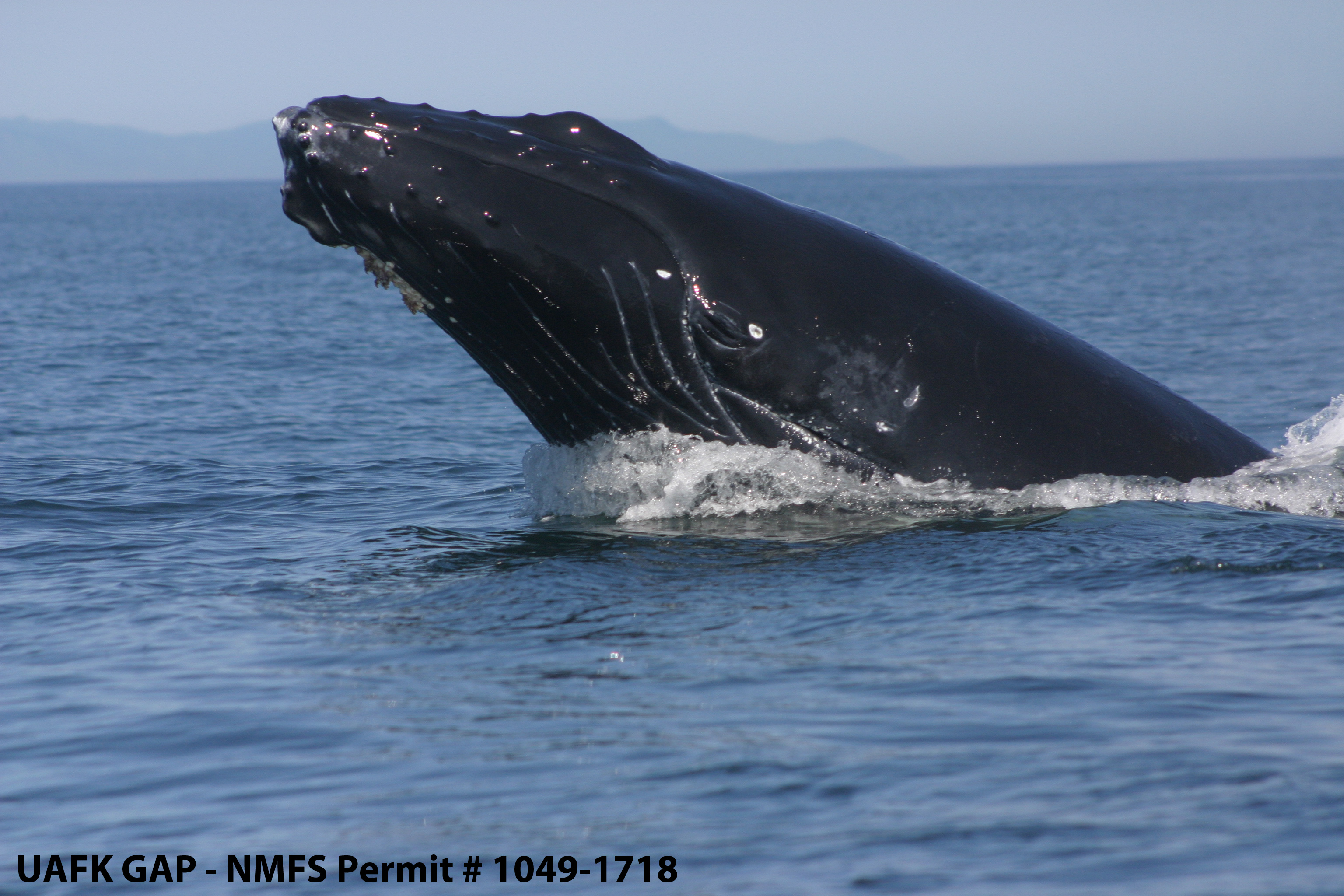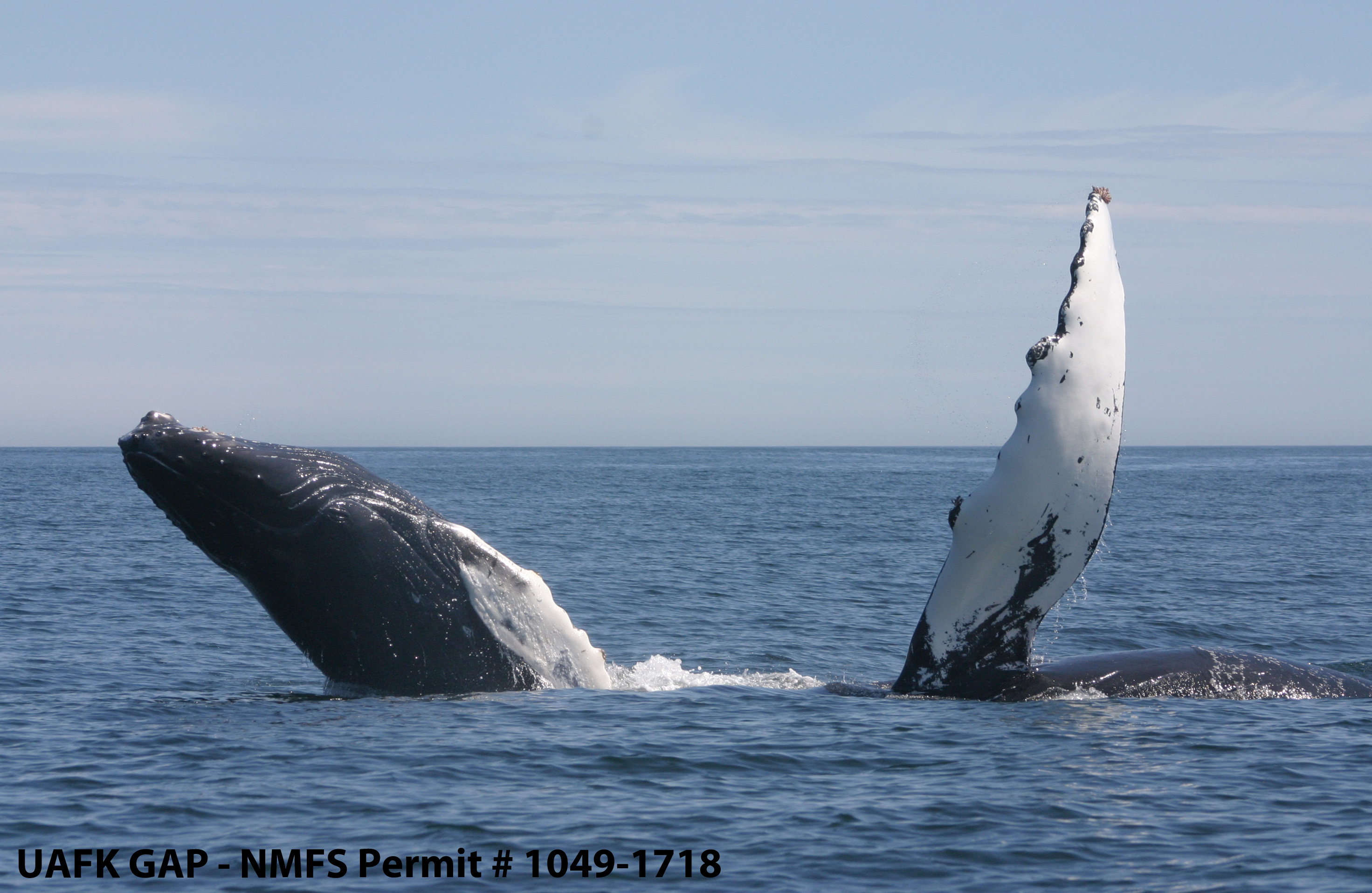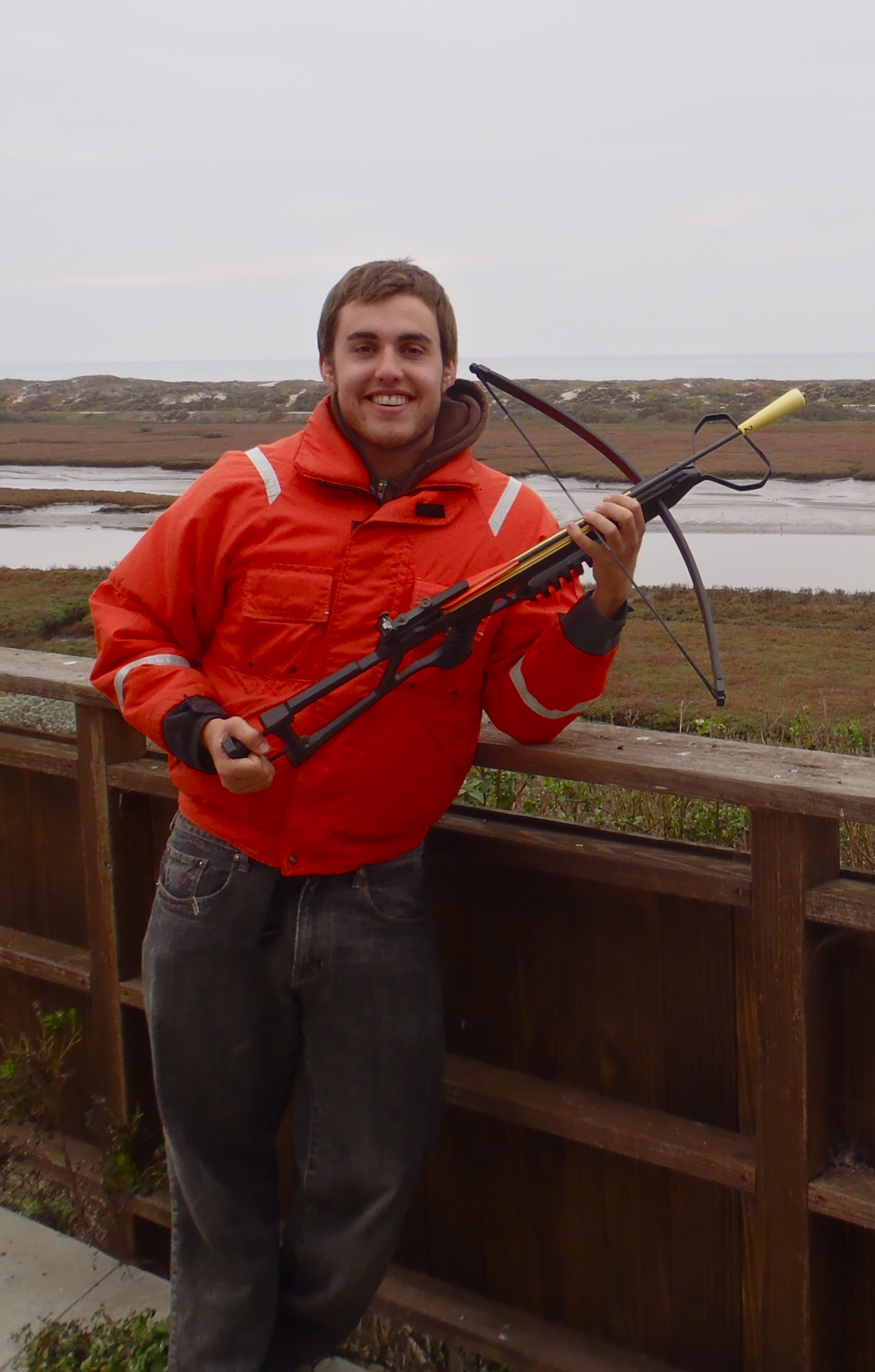

By Casey Clark, Vertebrate Ecology Lab
Each year, humpback whales migrate between their feeding areas in high-latitude places such as Alaska, California and Antarctica to their breeding areas in more tropical regions such as Mexico, Hawaii, Central America, and the South Pacific. This means that during the winter, all of the animals should be in the breeding area and none should be in the feeding area. It turns out that this isn’t true. All around the world, people have seen humpback whales in feeding areas during the winter when they are expected to be in the breeding area. This leads to the following questions: Who are these animals that spend their winters in the feeding area? Are they mostly males? Females? Juvenile animals? Why would they give up their chance to reproduce for the year?
It was these questions that led me to choose my project. For my master’s thesis at Moss Landing Marine Labs, I will attempt to answer at least some of them. To do this, I will look at the animals off the coast of central California, an important feeding area for humpback whales that breed off the coast of Central America. I will be looking at the sex-ratio (the number of males present compared to the number of females present) and the proportion of juvenile animals (the number of young animals compared to the number of adult animals) in this area throughout the year. By seeing how the sex-ratio and the proportion of juvenile animals change from summer to winter, I will be able to determine who is using the area in the winter. For example, if the sex-ratio is 1:1 in the summer (1 male present for every 1 female present) and 1:2 in the winter (1 male present for every 2 females present), I will know that there are more females than males using this area in the winter.

The different sexes and age groups of humpback whales are known to migrate to the breeding area at different times. Adult males are the first to begin the migration to the breeding area, followed by non-pregnant females, juvenile animals and finally pregnant females. This pattern would suggest that female animals in the late-stages of pregnancy remain in the feeding area longer than most other whales. This theory is supported by observations from the feeding area and during migration, but it has never been confirmed that pregnant females remain in the feeding area longer than most other members of the population. I will test this theory by determining the pregnancy rates of females found in the feeding area in the late fall and early winter. If a greater proportion of these females are pregnant than would be expected, this theory would be confirmed. The identification of this area as critical habitat for these pregnant whales would have profound implications for their conservation and management.

Stay tuned to find out how I find the whales, and then collect samples with a crossbow!

